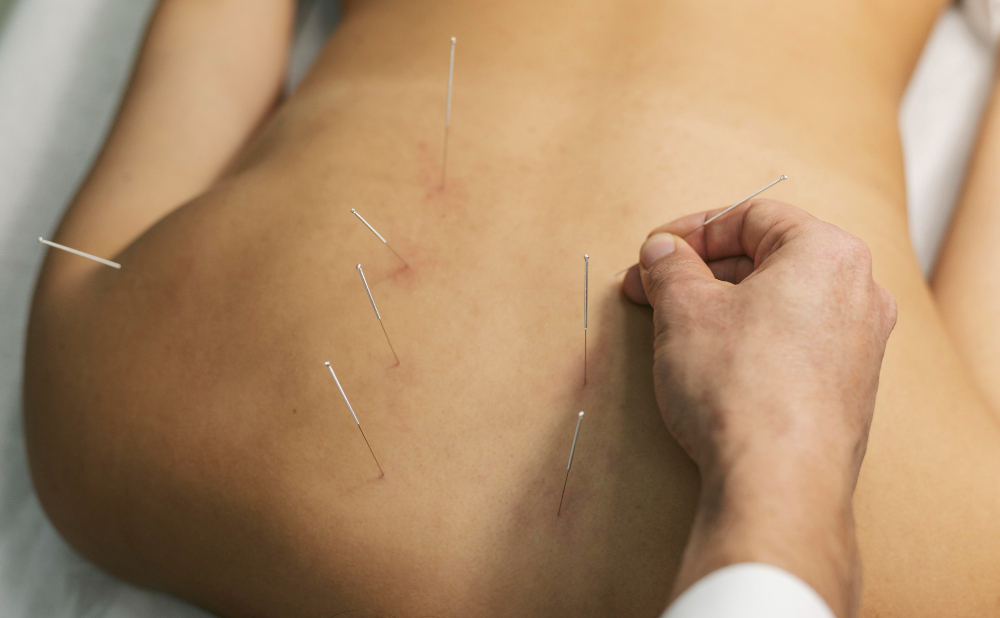Sharp injuries are a common occupational hazard for health care workers, especially those who handle needles and other sharp devices. According to the World Health Organization, more than 3 million healthcare workers suffer from percutaneous exposure to bloodborne pathogens every year, resulting in infections such as hepatitis B, hepatitis C, and HIV.
While needlestick injuries are the most frequent and well-known type of sharp injury, they are not the only ones. Other sources of sharp injury risks include scalpels, lancets, sutures, broken glass, and even patient teeth and nails. These can cause not only infections, but also physical and psychological trauma, such as pain, bleeding, scarring, anxiety, and fear.
To prevent sharp injuries, health care workers need to be aware of the potential sources and situations that can lead to them, and adopt safe work practices and procedures. Some of the best practices include:
- Using safety-engineered devices that have built-in features to prevent or minimize exposure to sharps, such as retractable needles, self-sheathing needles, or needleless systems.
- Following standard precautions for infection control, such as wearing gloves, gowns, masks, and eye protection when handling blood or body fluids.
- Disposing of sharps in puncture-resistant containers that are clearly labeled and located close to the point of use.
- Reporting and documenting any sharp injury incidents as soon as possible, and seeking appropriate medical evaluation and treatment.
- Participating in training and education programs on sharp injury prevention and management.
- Completing a post-exposure prophylaxis (PEP) regimen if indicated by the risk assessment and the source patient’s status.
By following these practices, health care workers can reduce the risk of sharp injuries and protect themselves and their patients from serious consequences. Sharp injuries are not inevitable; they can be prevented with awareness, vigilance, and action.
Needlestick and sharp injuries (NSIs) are a serious occupational hazard for health care workers (HCWs) and can expose them to various bloodborne pathogens. NSIs can result in infections, psychological distress, loss of productivity, and legal consequences. Therefore, it is important to explore the risks associated with NSIs and implement preventive measures to reduce them.
Some of the risks involved in NSIs are:
- Exposure to hepatitis B virus (HBV), hepatitis C virus (HCV), and human immunodeficiency virus (HIV), which can cause chronic liver disease, cirrhosis, liver cancer, acquired immunodeficiency syndrome (AIDS), and death.
- Exposure to other pathogens, such as syphilis, malaria, tuberculosis, and Ebola, which can cause severe and potentially fatal diseases.
- Exposure to antibiotic-resistant bacteria, such as methicillin-resistant Staphylococcus aureus (MRSA) and vancomycin-resistant Enterococcus (VRE), which can cause serious infections that are difficult to treat.
- Psychological effects, such as anxiety, depression, post-traumatic stress disorder (PTSD), fear of infection, stigma, and guilt.
- Economic costs, such as medical expenses, lost wages, compensation claims, and litigation.
To explore these risks in more detail, HCWs should:
- Report any NSI immediately to their supervisor and seek medical attention as soon as possible.
- Follow the post-exposure prophylaxis (PEP) protocol according to the type and source of exposure. PEP may include vaccination, antiviral medication, antibiotics, or other treatments.
- Monitor their health status regularly and undergo testing for bloodborne pathogens at appropriate intervals.
- Seek psychological support if needed and cope with stress in healthy ways.
- Participate in education and training programs on NSI prevention and management.
- Comply with the standard precautions and safety guidelines for handling sharps and disposing of them properly.
- Use safety-engineered devices (SEDs) whenever possible and report any malfunction or defect.
- Avoid recapping needles or manipulating sharps unnecessarily.
- Wear personal protective equipment (PPE) such as gloves, gowns, masks, and eye protection when appropriate.
By exploring the risks of NSIs and taking preventive actions, HCWs can protect themselves and their patients from the potential harm of NSIs. NSIs are preventable and should not be accepted as part of the job. HCWs have the right to work in a safe environment and the responsibility to ensure their own safety and that of others.
Needlestick injuries are a serious occupational hazard for health care workers and other professionals who handle sharp objects such as needles, scalpels, and syringes. These injuries can expose workers to bloodborne pathogens such as hepatitis B, hepatitis C, and HIV, which can cause severe and potentially fatal infections. Needlestick injuries can also cause psychological distress, anxiety, and fear of infection.
The good news is that needlestick injuries are largely preventable if the right steps are taken.
By taking these steps, health care workers and other professionals can protect themselves and their patients from the serious consequences of needlestick injuries. Needlestick injuries are not only a personal risk, but also a public health issue that affects the quality and safety of health care delivery. Therefore, it is important to raise awareness and promote best practices for needlestick injury prevention and management among all stakeholders, including employers, workers, policy makers, manufacturers, and consumers.
Importance of enterprises and ways to prevent needlestick injuries
Enterprises that provide healthcare services have a crucial role in preventing and managing NSIs. They are responsible for ensuring a safe work environment, implementing effective policies and procedures, providing adequate training and education, supplying appropriate personal protective equipment and sharps disposal systems, and facilitating prompt reporting and follow-up of NSIs.
By fulfilling these responsibilities, enterprises can protect their workers from the physical, psychological, and economic consequences of NSIs, as well as reduce the risk of transmission of infections to patients and the general public. Moreover, they can also benefit from lower costs associated with absenteeism, compensation claims, litigation, and loss of productivity.
Therefore, enterprises should adopt a comprehensive approach to needlestick injury prevention and management, based on the principles of risk assessment, hierarchy of controls, worker participation and continuous improvement. Such an approach can help enterprises comply with the relevant legal and ethical obligations, as well as improve the quality and safety of healthcare delivery.



